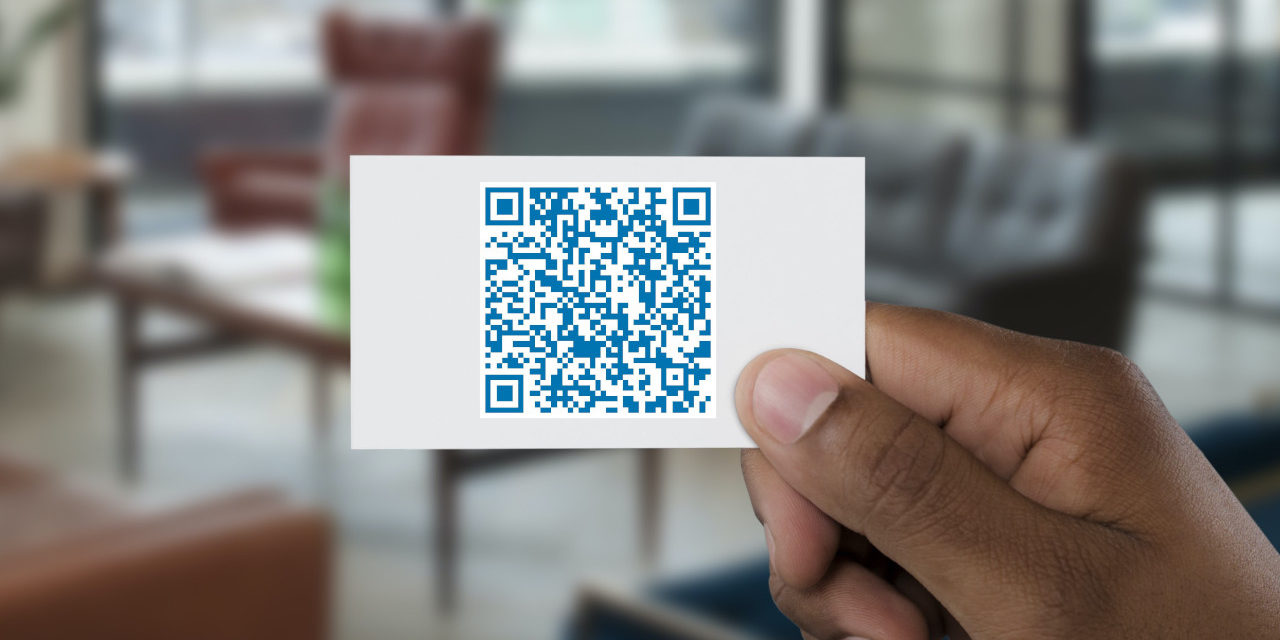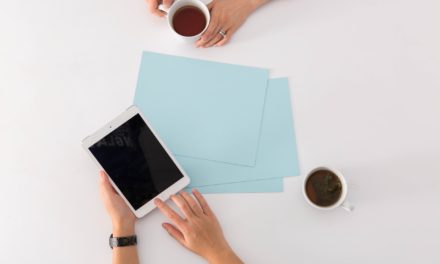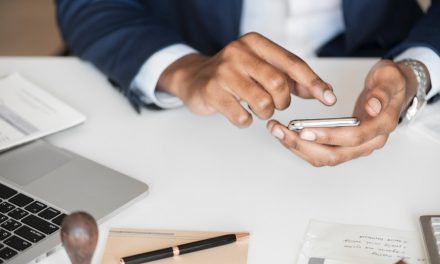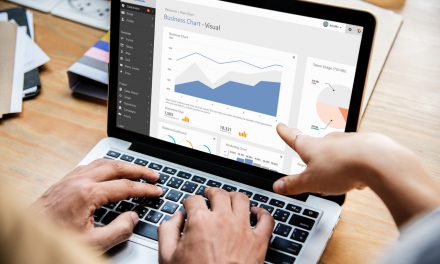When I was an MSP, we put a lot of thought and effort into developing our business cards. They were beautifully designed, on thick matte stock, with a colored edge. While this level of detail was expensive, it was well worth it (or so we thought). This was because it instantly told those who received them that we were about quality and would accept nothing less.
In reality, the complements that I received on our business cards rarely translated to real opportunities. And now, in a world where we need to avoid contact with others whenever possible, handing out business cards (no matter the quality) seems a little out-of-touch. The fact that “antibacterial” cards are now a thing, is a clear sign that times have changed and we must adapt.
The Need For Contactless Data Exchange
What the world really needs is a secure and universally accepted way to exchange professional data. When it comes down to it, this is all business cards really are. They are essentially a physical currency that we use to exchange information. When you simplify it this way, you begin to realize how passé this concept actually is (and this is coming from a Marketer who loves creative and visual things). This exact data exists in thousands of warehouses, platforms, websites and apps and yet we have yet to find a better way to exchange it than printing it on an index card (and sticking it into a fish bowl).
When you start to reverse engineer this problem you begin to realize what the ultimate destination for this data is (or should be) and how that will play a significant role in the solution. In many cases, this is a CRM on the seller’s side and some kind of contact management system on the buyer’s side. Porting the data to this ultimate storage destination should certainly be part of the solution, but I think we can do even better. It’s not as simple as sharing a “contact” that will only get buried in a sea of other data. It needs to be far more engaging and memorable, much like the visual appeal and elegance of a card.
The Ultimate Guide To Cash Flow For Managed Services
Sponsored by Alternative Payments & Zest
Innovation Has Lacked Practicality
One thing that is for certain is that there has been no shortage of innovation in this category. Many startups have tried to bring a solution to market but none have proven to be practical enough to stick around. One of these examples was the now defunct startup called “Skanz” which featured QR printed wristbands that were readable from an app, allowing for contact information to be logged and exchanged. This concept had the same problems that many of those before and after it had. It relied on people to wear something they didn’t otherwise want to wear, download an app they wouldn’t otherwise use and somehow work both of these things into an otherwise natural conversation.
While Skanz was a fun gimmick, it is simply not the same as looking someone in the eye and handing them a business card. A true alternative solution to business cards should allow for two people to exchange data without breaking eye contact (or even pausing their conversation). With this alternative yet to fully exist at scale, many MSPs and Vendors in the IT Channel will be turning to QR codes to provide a contactless way to visit their website, connect on LinkedIn, or share their contact details.
When I asked Kaseya’s VP of Business Development, Matt Solomon about their plans, he said “… we’ve just started having discussions around utilizing the LinkedIn QR code, specifically putting it on a physical business card. I don’t think most people, including us, are ready to 100% move away from the business card. I’m a fan of incorporating both options, but I still like a person having my physical card.” As one of the more innovative marketing and business development teams in the IT channel, we can certainly expect Matt and his team to be a pace-setter in this transition.
The Resurrection of the QR Code
As a Marketer, I have been experimenting with QR codes for well over a decade and have found their cycle of adoption to be quite fascinating. In the early years, these codes were put on business cards, t-shirts, stickers, posters (and even body parts) as an actionable alternative to typing out a URL or website domain. While these looked cool and trendy at the time, very few people understood how to scan the codes from their smartphone, which proved that the technology and UI/UX wasn’t quite ready for a full on adoption. If you were to ask me about this a few years ago, I would say that the QR code is a dying technology that never quite met its potential.
Ten years and one pandemic later, a lot has changed. Starbucks’ customers now use these codes to pay for their lattes, college kids use them to connect on Snapchat, and restaurants stick them to tables instead of paper menus. While I could not find any data that confirms this opinion, it would appear as though the pandemic forced the adoption of QR codes in the same way that it did many other technologies. Whether or not this will be a key component of replacing the business card is still unclear, but it at least appears to be the vehicle that will help us transition to whatever is next.
The Ultimate Guide To Cash Flow For Managed Services
Sponsored by Alternative Payments & Zest
LinkedIn Is The Ideal Platform
In my opinion, there is no platform that is better suited to solve this problem (or at least help facilitate the solution) than LinkedIn. This growing B2B networking platform is the closest thing we have to a public-facing virtual rolodex, which now has over 690 million contacts loaded into it. While Microsoft has experimented with initiating LinkedIn connections via QR code, bump, or proximity scanning, these features still have their flaws. This was the concern of road warrior and Principal Analyst at Forrester, Jay McBain, who attends over 50 conferences per year. He made the point that the bump-style exchange is “complicated to find in the app and an awkward pause in social conversation depending on the tech prowess of the other person.”
Despite lacking the perfect feature, LinkedIn holds the three key elements that we are ultimately looking for; data, authentication and engagement. I can learn more about someone from looking at their LinkedIn profile than I ever could looking at a business card. I can tell if they are a legitimate company based on their activity and following. I can also reference their information whenever I need it and push their data to the CRM or contact manager of my choice.
The question now becomes, how to go from in-person connection to virtual connection as seamlessly as possible. McBain points out that “the answer lies with Apple and Google (who own 99% mobile share combined). The Apple AirTag announcement this week would be interesting to observe who is at an event and even locate them if they turn on tracking – however with their new found religion in past few weeks on privacy (no more cookies, targeting, and iOS update 14.5 to turn off tracking) I find this very unlikely.”
What To Expect Moving Forward
If you are an MSP who plans on attending IT Channel events this year (or even doing some in-person exhibiting / prospecting of your own), you can expect these interactions to be a little awkward at first. I am assuming that business cards will be placed on tables rather than handed out and there will be contactless ways to exchange them in this manner (although not uniformly).
What Solomon & McBain both agree on is that the event organizers have the most control over facilitating these exchanges, which could go a long way in determining the overall success of the event for both exhibitors and attendees. By integrating LinkedIn (or some other contact sharing system) into their event app, they could set clear expectations of how these interactions should unfold and remove a lot of the confusion as a result.
If you do plan on bringing business cards to the next event, I would recommend always keeping them in a protective case (free of pocket lint, finger smudges and bent corners) and handling them as little as possible. Also download the latest version of the LinkedIn app, update your profile the best you can, and get to know the QR scanning feature. This will ensure that you are ready to accept or initiate a virtual connection when the opportunity presents itself and you won’t have to fumble around your phone in the middle of a meaningful conversation. Use each of these exchanges as a learning experience so that you can develop a thoughtful and innovative strategy for in-person business development in a contactless environment.

SPONSORED BY ZEST

















